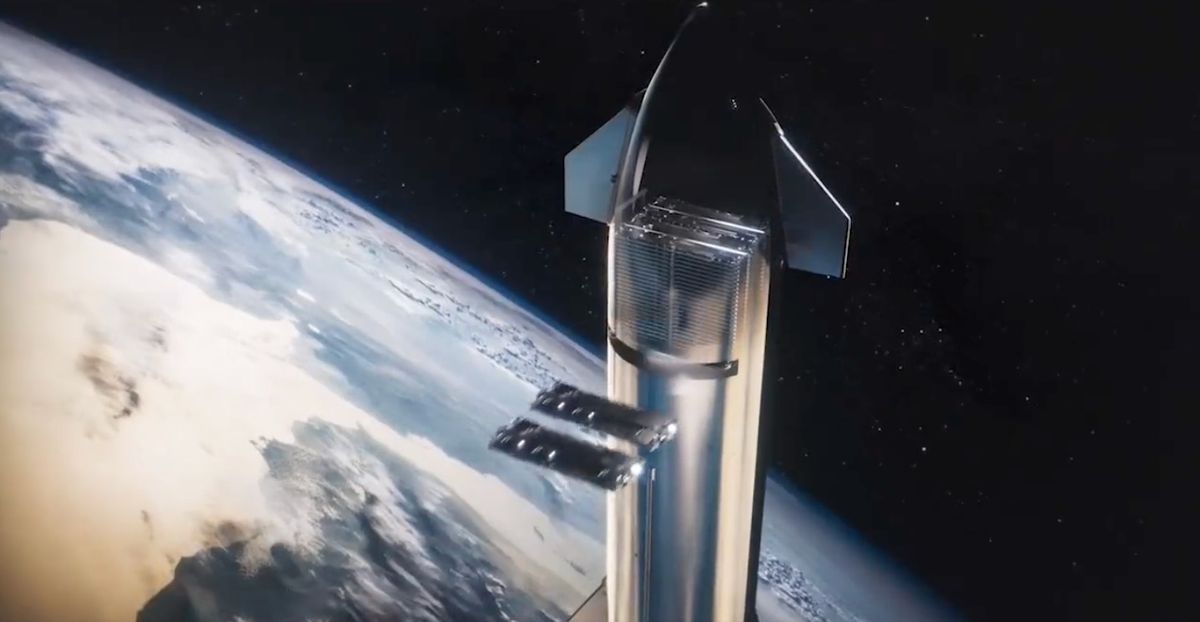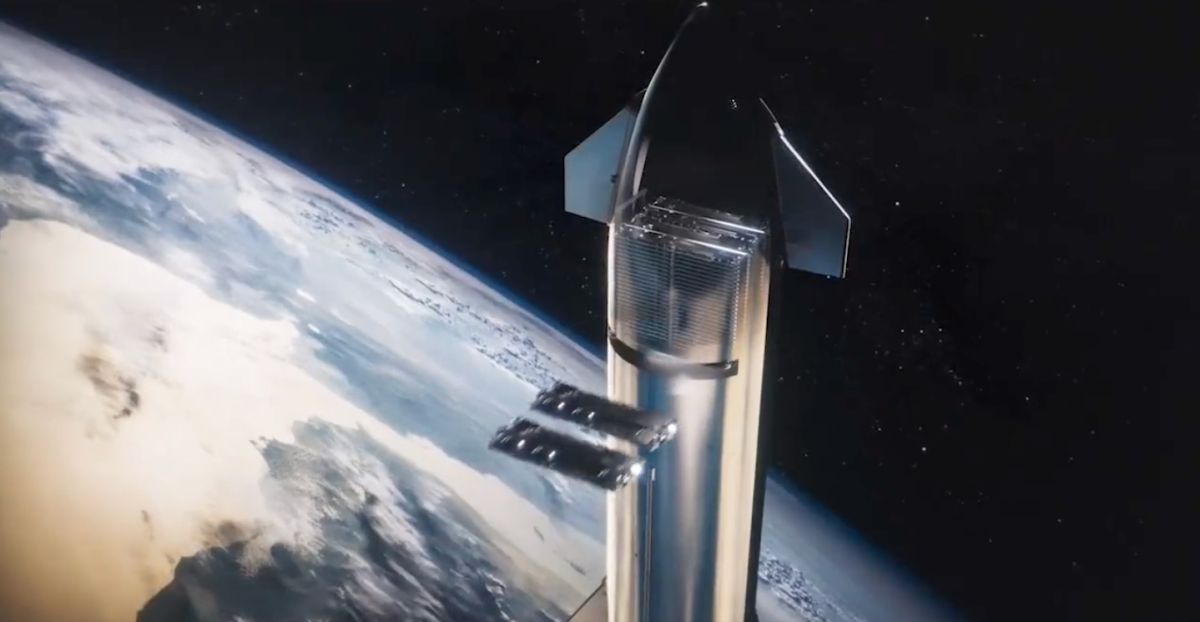
SpaceX just got permission to begin building out the next generation of its Starlink internet megaconstellation.
On Thursday (Dec. 1), the U.S. Federal Communications Commission (FCC) approved SpaceX to deploy 7,500 Starlink 2.0 satellites in low Earth orbit.
“Our action will allow SpaceX to begin deployment of Gen2 Starlink, which will bring next-generation satellite broadband to Americans nationwide, including those living and working in areas traditionally unserved or underserved by terrestrial systems,” FCC officials wrote in Thursday’s decision order, which you can find here (opens in new tab). “Our action also will enable worldwide satellite broadband service, helping to close the digital divide on a global scale.”
Related: SpaceX’s Starlink megaconstellation launches in photos
The ruling is just a partial victory for SpaceX, however; the company had applied for permission to deploy 29,988 Starlink 2.0 satellites around Earth. The FCC is deferring a decision about the rest of the envisioned spacecraft.
The FCC granted just the limited approval “to address concerns about orbital debris and space safety,” agency officials wrote in Thursday’s decision document. These and other issues were raised by “interested parties” regarding the Starlink 2.0 application, which SpaceX filed in 2020.
“We also adopt requirements that require SpaceX to report mitigation actions taken to avoid collisions in space, coordinate and collaborate with NASA to ensure continued availability of launch windows and on other matters and pause deployment of new satellites if satellite failures exceed a certain threshold,” the FCC document states.
Those aren’t the only concerns people have raised about Starlink. Astronomers fret about the megaconstellation’s impact on their work, for example, and some dark-sky advocates worry that it’s fundamentally changing our view of the heavens (opens in new tab).
Related stories:
SpaceX already had FCC permission to deploy 12,000 first-generation Starlink satellites, each of which weighs roughly 660 pounds (300 kilograms).
The company has lofted a significant proportion of that number; more than 3,200 Starlink spacecraft are beaming internet service to users around the world at the moment, according to astrophysicist and satellite tracker Jonathan McDowell (opens in new tab).
Starlink 2.0 satellites will be much larger and more capable than their predecessors, SpaceX founder and CEO Elon Musk has said. The new craft will tip the scales at about 1.25 tons (1,130 kg) and will be able to beam service directly to cellphones. Indeed, a few months ago, SpaceX announced plans to do just that starting in 2023, via a partnership with T-Mobile.
SpaceX plans to loft the lion’s share of the new Starlink satellites using Starship, its huge new Mars and moon rocket. Starship is still under development, but the enormous vehicle could launch on its first orbital test flight in the coming weeks.
All Starlink spacecraft to date have launched atop the Falcon 9, SpaceX’s workhorse rocket.
Mike Wall is the author of “Out There (opens in new tab)” (Grand Central Publishing, 2018; illustrated by Karl Tate), a book about the search for alien life. Follow him on Twitter @michaeldwall (opens in new tab). Follow us on Twitter @Spacedotcom (opens in new tab) or on Facebook (opens in new tab).



